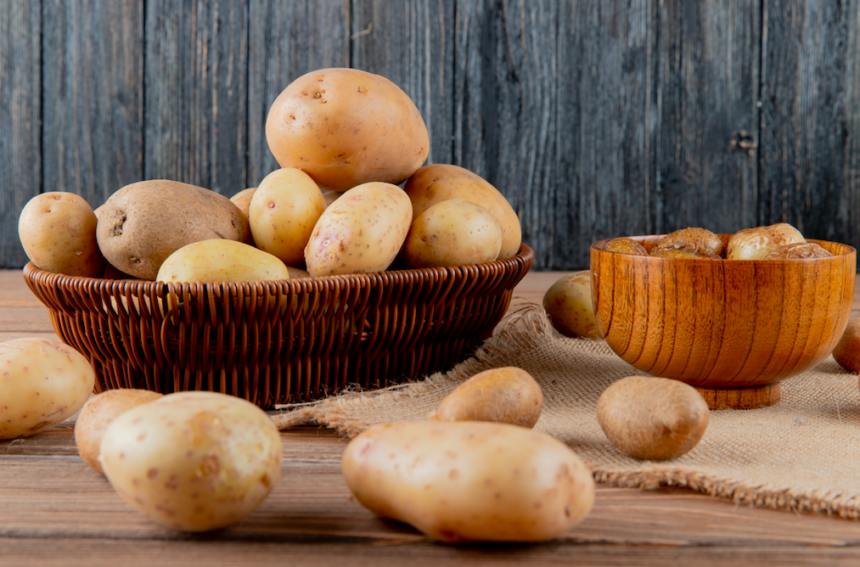Potatoes are a versatile and popular crop that can be successfully grown in South African gardens. Whether you’re a seasoned gardener or a beginner, here are ten important things you should know before embarking on potato cultivation in South Africa:
- Climate and Season: Potatoes thrive in cool climates, and South Africa’s diverse climate provides suitable conditions for potato cultivation. Choose the right season for your specific area, as potatoes are typically grown during the cooler months of autumn and winter.
- Variety Selection: There are numerous potato varieties available, each with its unique characteristics, including taste, texture, and suitability for specific growing conditions. Popular potato varieties in South Africa include Valor, Mondial, and Up-to-Date. Consider factors such as cooking qualities, disease resistance, and yield potential when selecting a variety that suits your needs.
- Soil Preparation: Potatoes prefer loose, well-drained soil with good fertility. Prepare the soil by removing weeds, breaking up clumps, and incorporating organic matter, such as compost or well-rotted manure, to improve its structure and nutrient content. Aim for slightly acidic to neutral soil with a pH level between 5.8 and 6.5.
- Seed Potatoes: Potatoes are typically grown from seed potatoes, which are small whole potatoes or pieces of larger potatoes. Purchase certified disease-free seed potatoes from reputable sources to ensure healthy plants. Cut larger seed potatoes into smaller pieces, making sure each piece has at least one eye or bud for sprouting.
- Planting and Spacing: Plant the seed potatoes in well-prepared beds or rows, ensuring the eyes or buds are facing upward. Space the seed potatoes about 10 to 12 inches (25 to 30 centimeters) apart, with rows spaced around 2 feet (60 centimeters) apart. Planting depth should be around 4 to 6 inches (10 to 15 centimeters).
- Watering: Potatoes require consistent moisture for healthy tuber development. Water the plants regularly, aiming to keep the soil evenly moist but not waterlogged. Provide deep watering once or twice a week, depending on weather conditions, to ensure proper hydration.
- Fertilization: Potatoes have specific nutrient requirements for optimal growth and yield. Conduct a soil test to assess nutrient levels and make appropriate amendments. Potatoes generally benefit from a balanced fertilizer with slightly higher phosphorus and potassium levels. Side-dress the plants with fertilizer during the growing season to provide additional nutrients.
- Weed Control: Weed competition can be detrimental to potato growth and yield. Keep the planting area free from weeds by regular cultivation or the use of mulch. Taking early action to control weeds will prevent them from competing with potato plants for nutrients and sunlight.
- Pest and Disease Management: Potatoes can be susceptible to pests such as potato tuber moths, aphids, and fungal diseases like late blight and early blight. Implement integrated pest and disease management strategies, including regular scouting, crop rotation, and the use of organic or chemical controls when necessary.
- Harvesting and Storage: Potatoes are typically ready for harvest when the tops have died down and the skin is set. Gently dig up the potatoes using a fork or shovel, taking care not to damage the tubers. Cure the harvested potatoes by leaving them in a cool, dry, and well-ventilated area for a few days. Store the potatoes in a cool and dark place with good airflow to prevent sprouting and decay.
By considering these ten crucial factors before growing potatoes in South Africa, you’ll be better prepared to cultivate a successful crop. Remember to stay updated on the latest research and agronomic practices specific to potato cultivation in your region.
Join 'Farmers Mag' WhatsApp Channel
Get the latest Farming news and tips delivered straight to your WhatsApp
CLICK HERE TO JOIN






